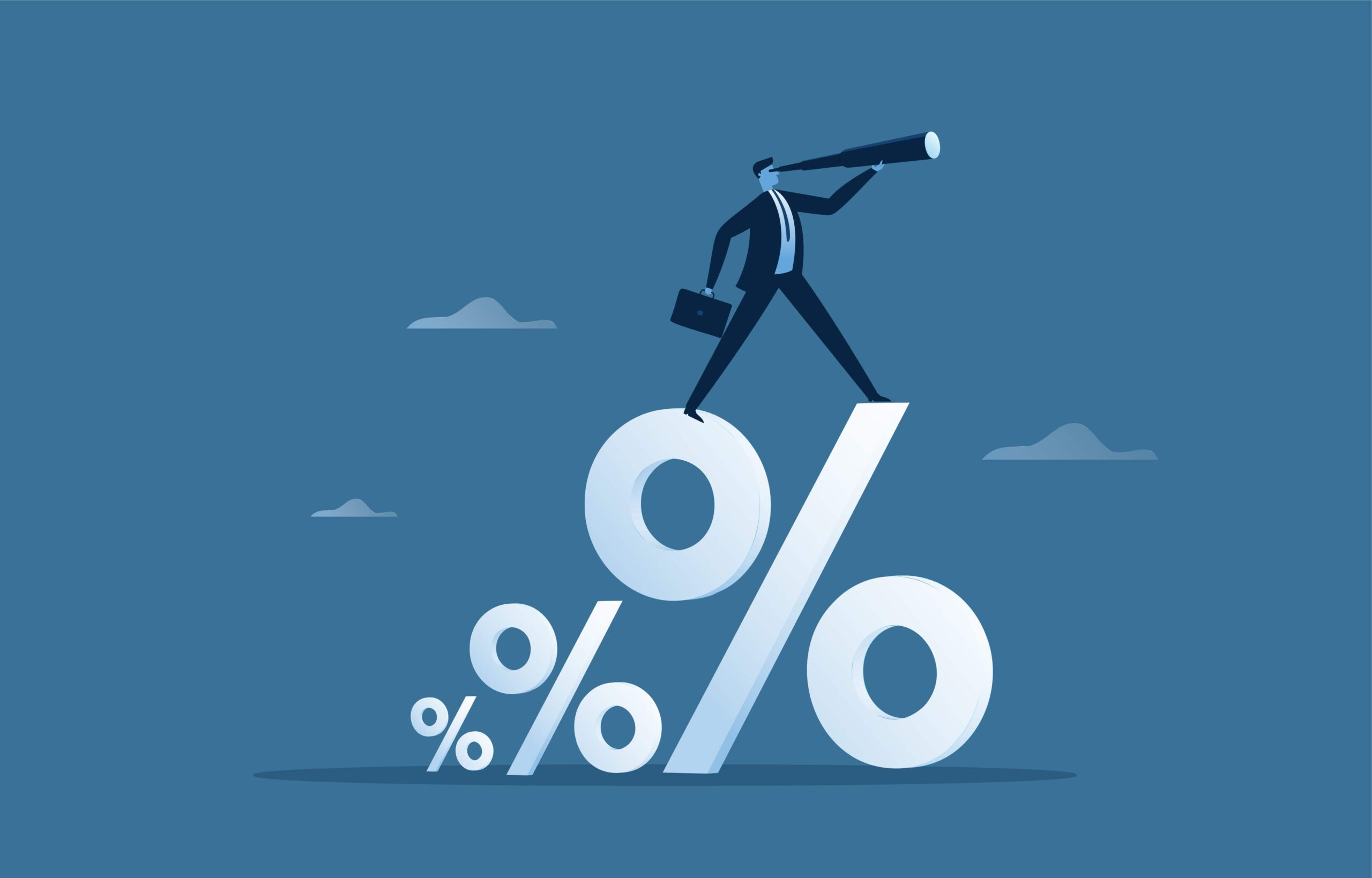
When you’re considering taking a Student Loan, the first decision you must make is whether to accept a fixed or floating interest rate. It may seem like a small detail, but the type of interest you choose can have very big consequences. It’s not only about the numbers. It’s about how much stability you desire, how much risk you can take and which way you think interest rates will go in the next few years. This blog explains both the interest rates regarding Education Loans.
Understanding Fixed Interest Rates
Right from the beginning till the end, a fixed interest rate stays the same. Your Education Loan interest rates won’t change, no matter the economic changes. That means your EMIs are fixed. For many people, knowing exactly what the EMIs will be going forward is quite comforting. You know what’s coming each month. This kind of rate works well if:
- You’re working with a tight budget.
- You prefer clarity over chasing savings.
- You get stressed by fluctuating monthly payments.
However, it’s not always cheaper. Fixed rates are often a bit higher at the beginning. That’s the trade-off for locking in peace of mind. Additionally, if overall interest rates drop later, you don’t benefit. You’re stuck paying the original rate. Some banks that offer Fixed-rate Loans charge penalties for prepaying the Loan. Hence, if you intend to pay your Loan off early, you should think about what you might be signing up for.
Understanding Floating Interest Rates
A floating rate moves with the market. When the RBI raises or lowers its policy rates, or when banks change the marginal cost of funds-based lending rate (MCLR), your Student Loan rate is also going to rise or fall. In very simple terms, your EMI is not going to be the same.
Floating rates usually start out lower than fixed ones. If the economy cools down and interest rates fall, you pay less interest over time. There are often no charges for prepayments either, which gives you room to reduce the Loan burden if you have extra funds.
However, when the economy starts to heat up and rates go up, so do your EMIs. So, budgeting starts to get tough, and you have to be prepared for a little uncertainty. This works better for people who:
- Have a steady income and can handle the ups and downs.
- Keep an eye on all the interest trends.
- Might prepay parts of their Loan early.
Which One’s Right for You?
Here’s how to weigh it out without needing a finance degree:
1. Risk Appetite
Are you someone who likes knowing exactly what’s coming? Then you should choose a fixed interest rate. If you’re comfortable analysing the market for a few potential savings, floating rates may suit you better.
2. Current Market
If rates are already low and there’s talk, they might rise; fixed rates can protect you. However, if rates are high and may drop soon, floating rates give you a chance to save.
3. Loan Tenure
Shorter Loan? Fixed rates might not hurt as much and will offer peace of mind. Longer Loan? Floating rates could work better. You’ll likely go through cycles of rate changes, and the average could end up lower.
4. Income and Career Stability
If you have an unpredictable income, maybe stick to fixed rates. If you’re somebody with a stable job and a growing career, you might be able to weather floating rate hikes.
Note: Some banks offer blended plans, i.e., fixed for the first few years, floating after. That means at the beginning, there is some breathing space leading to flexibility later on. If you have no strong preference, a blended plan may be a viable option for you.
Final Thought
There is no “right” answer here. What really matters is which option is best for you. Consider how much flexibility you want to have down the road, and whether you may want to pay off the Loan sooner than you think. Do your homework, go through a few scenarios, and don’t rush. The more thought you put into it now, the smoother your Loan will be down the line.




